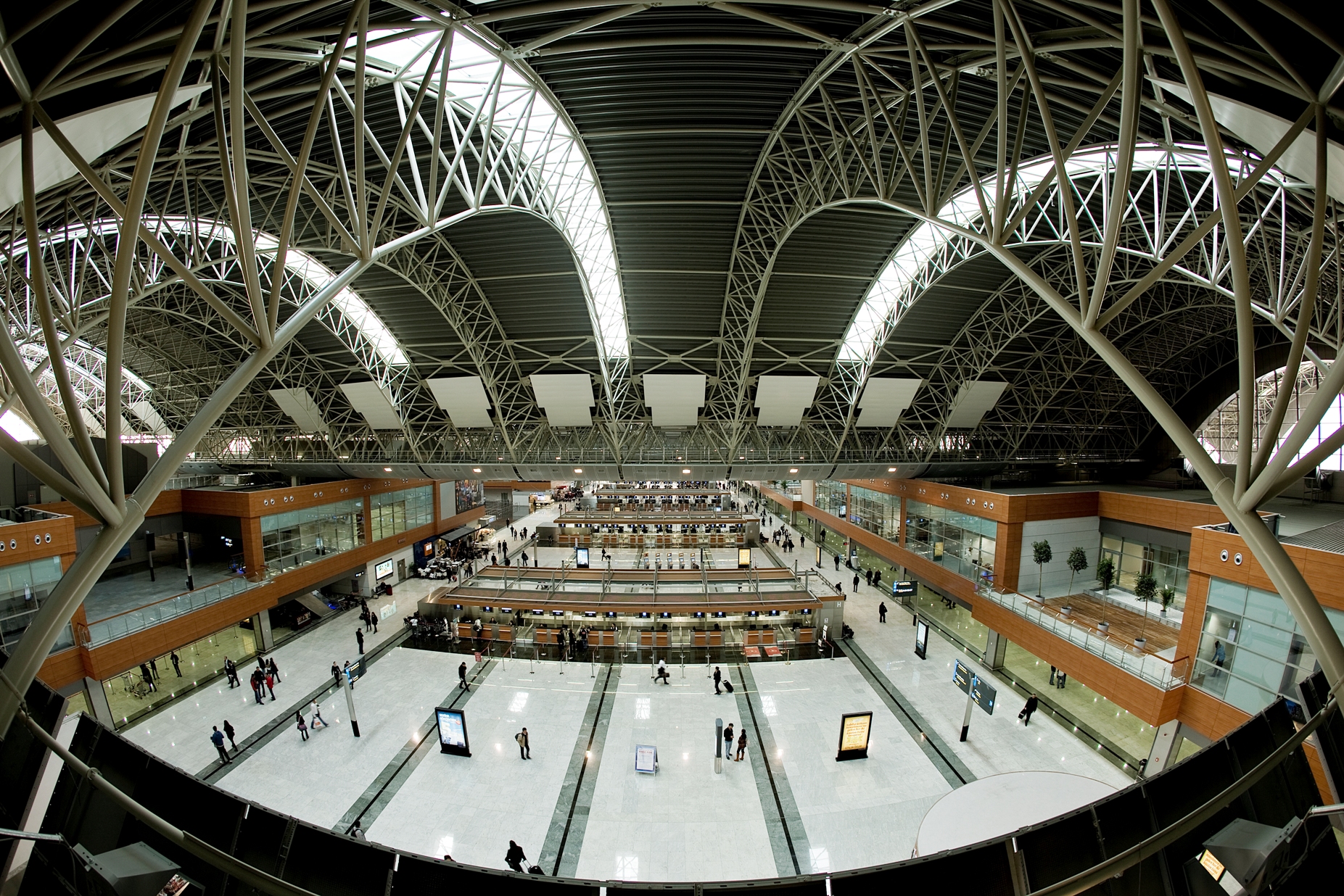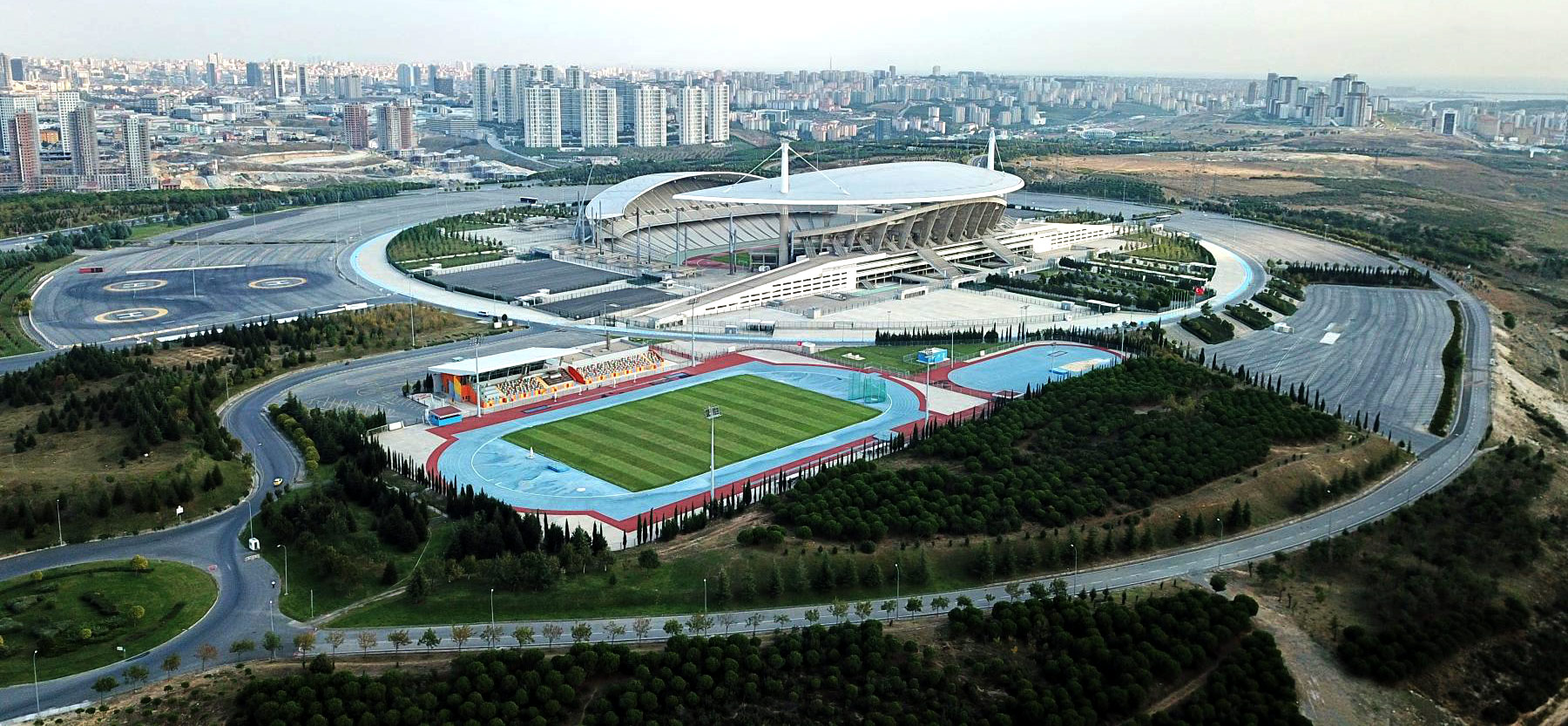Gastric Bypass in Istanbul

The first gastric bypass surgery was performed in the year 1994, and the method of performing this type of surgery has continuously evolved over time, thanks to the advancement of modern technologies, to become safer and more effective.
Gastric bypass surgery is a golden option for weight-loss, as it results in more weight loss than gastric band surgery, and its results also outweigh gastric sleeve surgery.
This type of surgery is characterized by the fact that the weight loss due to gastric bypass remains constant in the long term.
See Also Why choosing Istanbul for hair transplant surgery?
Types of gastric bypass surgery
There are several types of gastric bypass procedure, the most important of which are:
- • Normal Gastric Bypass
The traditional gastric bypass, which is divided into proximal or distal gastric bypass.
- • Mini gastric bypass
The mini-gastric bypass procedure is by isolating the upper part of the stomach, turning it into a tube, and then tying it to a loop of the intestine. This technique has become one of the most popular and, most importantly, it is reversible to the original state, in addition to its encouraging results.
- • Single Anastomosis Sleeve Ileal By-Pass
Single Anastomosis Sleeve Ileal By-Pass surgery (SASI), is one of the latest types of gastric bypass surgery, so named because it divides the food pathway into the stomach into two paths: The first track is the usual dining path and the second path of food goes from the stomach to the end of the small intestine directly, bypassing a large part of the intestine.
Single Anastomosis Sleeve Ileal By-Pass (SASI) involves performing two simultaneous procedures, namely, sleeve gastrectomy and gastric bypass operation, where the process is divided into two stages:
The first stage is called sleeve gastrectomy, in which about 80% of the size of the stomach is cut so that it includes the soles of the stomach.
The second stage, called gastric bypass, is carried out in conjunction with the first stage, in which a link or pathway is created between the stomach and small intestine, as a result of which the amount of food is determined and reduced as well as the amount of food absorbed from the body is reduced.
It should be known that the type of surgery that's best for you is determined by your condition, medical history, and weight-loss goals.
Advantages of gastric bypass
It is true that all weight loss procedures lead to weight loss in general, but there are still some anatomical or physiological factors that encourage or prevent gastric bypass surgery.
Examples include:
- • Gastric bypass improves the tissue response to insulin more than other operations, and this may be a reason for its preference over other operations, especially for patients with type 2 diabetes, patients with fatty liver, and people with metabolic syndrome, as well as ovarian cysts, as the common among these diseases is the presence of insulin resistance in the tissues.
- • Sleeve gastrectomy and gastric bypass surgery improve symptoms of type 2 diabetes equally in the short term, but gastric bypass surgery is more effective in the long run.
- • For patients with chronic esophageal reflux, especially if there are complications, gastric bypass is the most appropriate procedure for them than sleeve gastrectomy.
- • Conversely, patients who take non-narcotic analgesics or cortisone in the long term, due to certain diseases, or chronic pain, as well as patients with chronic enteritis, gastric bypass is not the most appropriate option for them, but sleeve gastrectomy is the most appropriate and useful option.
See Also Advanced Tummy Tuck Surgery in Istanbul

How is a laparoscopic gastric bypass?
The laparoscopic gastric bypass involves making five to six small incisions in the abdomen through which a small endoscope connected to a camera and surgical tools is inserted.
The surgeon staples the top of the stomach so that it separates it from the bottom to create a small stomach pouch.
A portion of the small intestine - called the jejunum - is then attached to the pouch of the small stomach to allow food to bypass the lower portion of the stomach, the duodenum; This twist reduces the amount of calories and nutrients that the body absorbs.
The success rate of gastric bypass surgery in Istanbul
Patients may lose 30% to 50% of their excess weight in the first six months, and 75% of their excess weight twelve months after surgery.
Other studies have also shown that patients do not gain 50% to 60% of the excess weight after 10 to 14 years of surgery.
Gastric bypass surgery cost in Istanbul
Istanbul has become famous in medical tourism, especially with regard to gastric bypass surgeries in terms of the appropriate price and satisfactory results, you can contact the most famous weight loss clinics from here to get an evaluation of your condition and get accurate medical advice.





















More posts by Gokce Nacar